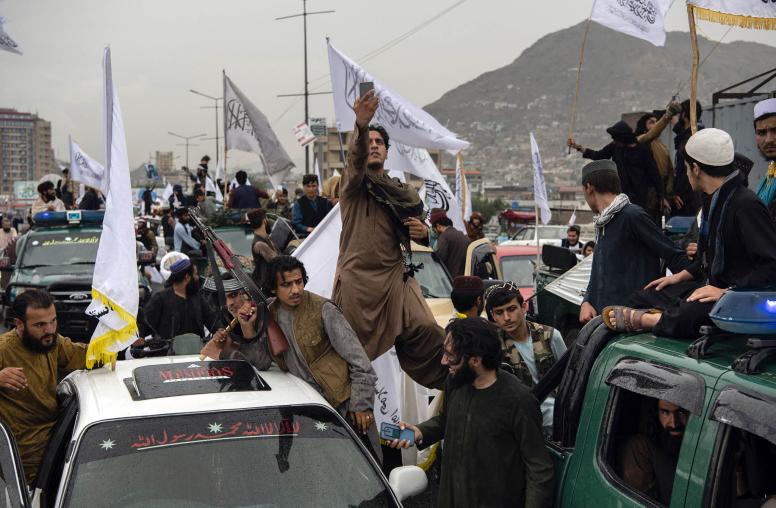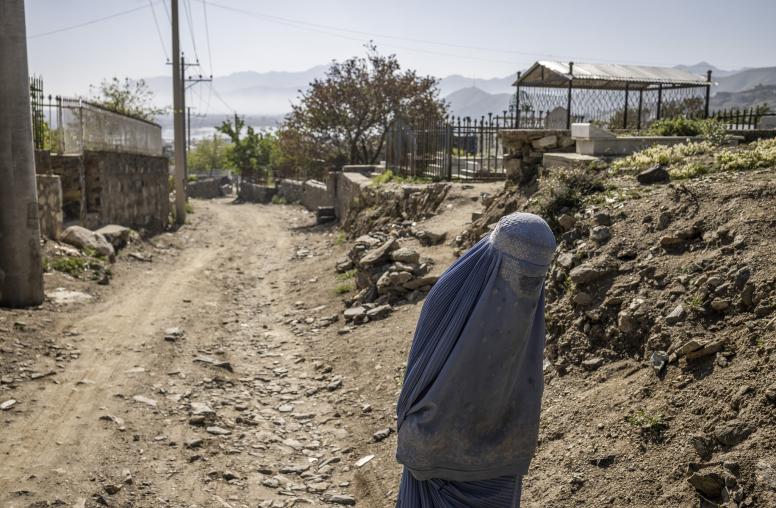Afghanistan-Pakistan Ties and Future Stability in Afghanistan
The situation in Afghanistan—and with it the Afghanistan-Pakistan relationship—is likely to worsen in the short term. The prospect of a prolonged civil war or full Taliban takeover now looms large as hopes of a negotiated settlement recede. Whatever the outcome, the countries’ bilateral relationship will continue to be shaped by tensions that have characterized it for more than a century. This report examines these sources of tension and identifies potential openings for engagement that could, over time, become sources of stability and growth.

Summary
Three scenarios in Afghanistan are possible in the wake of the U.S. military withdrawal: negotiated settlement, civil war, or Taliban takeover. In each, the Taliban is likely to emerge as the most influential party. How and how quickly it secures its position, as well as how much funding the United States and partner nations provide the Afghan government, will shape Afghanistan’s future. So, too, will the extent of support the Taliban receives from external sources, principally Pakistan.
Afghanistan and Pakistan have a long history of tense relations defined by five recurring drivers: sovereignty concerns, security interests, geopolitical dynamics, cross-border ties, and connectivity and trade. Together, these dynamics will shape future prospects for stability in Afghanistan and the broader region.
Given that conflict is almost certain to intensify after U.S. and international forces withdraw, battlefield developments will take center stage. The Afghanistan-Pakistan relationship is likely to further deteriorate, and vitriol on both sides could foreclose on any remaining opportunities to reach a negotiated settlement. Bilateral ties will likewise influence security, political, and economic dynamics in the medium to long term, either after the conflict reaches a stalemate or after a new government takes shape.
Under such circumstances, a positive relationship with Pakistan could go a long way in fostering stability and development. The opposite is a much likelier outcome, however, given the deeply held grievances on both sides compounded by the ongoing conflict.
By acknowledging and working to address one another’s security and sovereignty concerns patiently through dialogue, Afghanistan and Pakistan stand the best chance of building on their cross-border ties for the benefit of regional stability and the well-being of their citizens.
About the Report
Informed by Afghan and Pakistani expert interviews, this report explores the historical dynamics and future trajectory of the Afghanistan-Pakistan relationship and its impact on Afghan stability. After identifying key drivers of conflict and connection between the two sides, it analyzes how the bilateral relationship could affect future outcomes in Afghanistan. This research was supported by the United States Institute of Peace.
About the Authors
Elizabeth Threlkeld is a senior fellow and deputy director of the South Asia Program at the Stimson Center. Previously, she served as a foreign service officer with the U.S. Department of State in Islamabad and Peshawar, Pakistan, and Monterrey, Mexico. Grace Easterly is a former program coordinator and a research assistant with Stimson’s South Asia Program.



